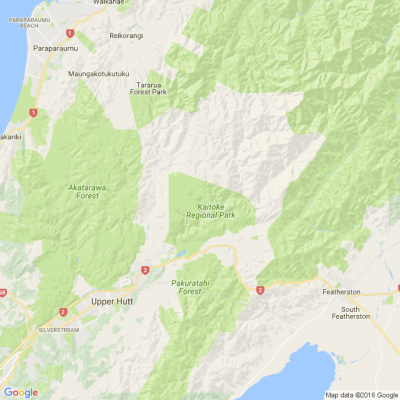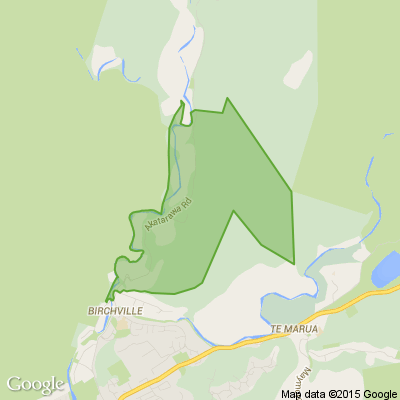WHY ONLY A THIRD OF US GOT THE EMERGENCY ALERT
Civil Defence sent out a nationwide emergency alert to our cell phones this evening, but if you didn’t get the alert, you’re not alone.
Only about a third of phones will have received the emergency alert.
There are several reasons why your phone may not have received it:
1. Many older phones will not be capable of recieving the alert. To check if your phone is capable.
2. Your phone needs to have the latest software. Go into your settings to check if you have an update available.
3. You need to have the setting for emergency alerts on your phone turned on. On iPhones, go into Settings, Notifications, then at the bottom there will be a toggle for ‘Emergency Alerts.” Switch this on.
On Android phones, some may not have this option or it may be in a different location. Generally you will find it by going into your messages, opening Settings from there, and finding something which says ‘Cell Broadcast’ or something along the lines of ‘Emergency Broadcasts.’ Turn this on.
4. You may have an imported/overseas phone. If you didn’t buy your phone from a local provider in NZ (e.g. Spark, Vodafone, Skinny, Apple NZ etc) it may be an import which likely won’t be able to receive the emergency alerts.
What are Emergency Mobile Alerts?
Emergency Mobile Alerts are messages about emergencies sent by authorised emergency agencies to mobile phones enabled to receive Emergency Mobile Alerts. They can be targeted to areas affected by serious hazards.
If your phone is on, capable and inside the targeted area, you should get the alerts. You don’t have to download an app or subscribe to a service, just ensure your phone is capable and updated.
Emergency Mobile Alert is an additional channel to help keep people safe if there is an emergency. It does not replace other emergency alerts. If you feel your life is in danger, don’t wait for an official warning. Take immediate action.
How does Emergency Mobile Alert work?
Emergency Mobile Alert uses a dedicated signal, so it’s not affected by network congestion. This can make Emergency Mobile Alert more reliable in an emergency when mobile phone traffic or people accessing websites could overload the network.
The alert will be broadcast to areas affected by serious hazards for a set period of time. Any capable phone entering this area during the broadcast period will receive the alert.
It is expected around one third of phones will initially be able to receive the alerts. This number is expected to rise substantially over time as people replace their phones with newer models. Emergency Mobile Alert capable phones should work on all mobile networks in New Zealand.
Neighbourhood Challenge: Who Can Crack This One? ⛓️💥❔
What has a head but no brain?
Do you think you know the answer? Simply 'Like' this post if you know the answer and the big reveal will be posted in the comments at 2pm on the day!
Want to stop seeing these in your newsfeed?
Head here and hover on the Following button on the top right of the page (and it will show Unfollow) and then click it. If it is giving you the option to Follow, then you've successfully unfollowed the Riddles page.

Some Choice News!
Many New Zealand gardens aren’t seeing as many monarch butterflies fluttering around their swan plants and flower beds these days — the hungry Asian paper wasp has been taking its toll.
Thanks to people like Alan Baldick, who’s made it his mission to protect the monarch, his neighbours still get to enjoy these beautiful butterflies in their own backyards.
Thinking about planting something to invite more butterflies, bees, and birds into your garden?
Thanks for your mahi, Alan! We hope this brings a smile!









 Loading…
Loading…